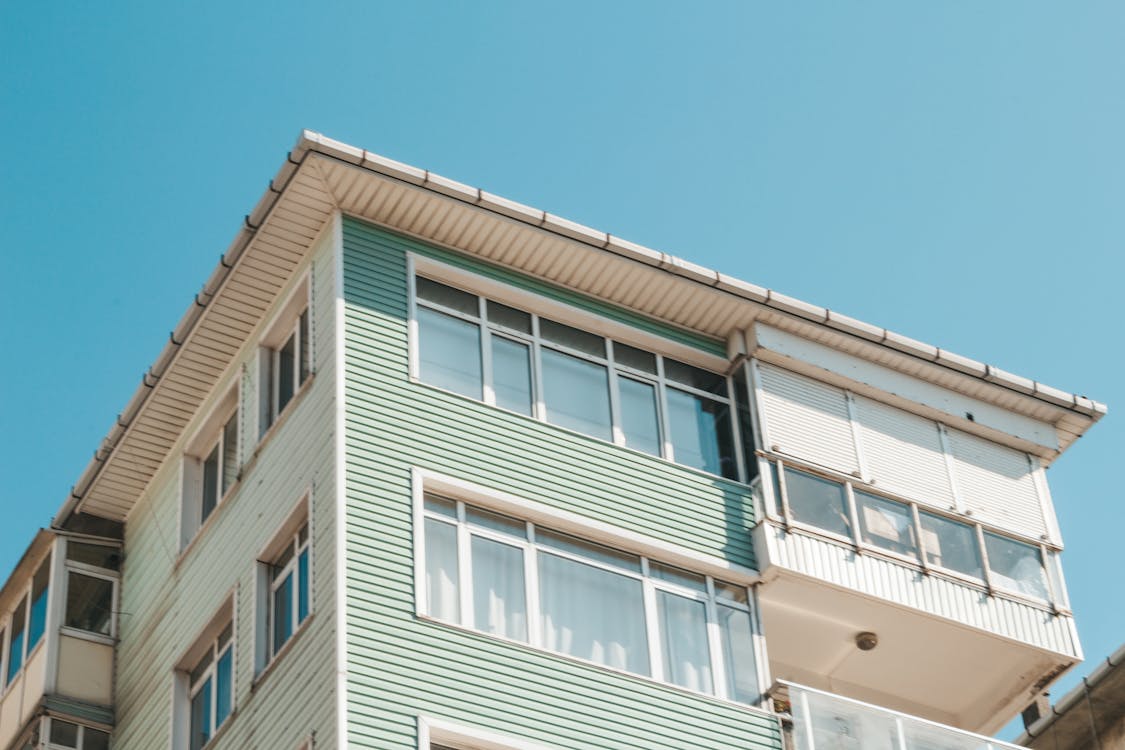Checking your House Safety Plans for Philippine Earthquake Safety

At least two major earthquakes hit the Philippines recently: a 6.1 magnitude earthquake with Castillejos, Zambales as epicenter on April 22, 2019; then a 6.5 magnitude earthquake with San Julian, Eastern Samar as epicenter on the day that follows. In between the major quakes, tremors were also reported at different magnitudes and intensities.
In times like this when the earth shows that it is not as unmoving as we perceive it to be, being prepared is always the key. Earthquakes are unpredictable even with the current human technology, and its potential effects to human life and property are devastating. In terms of property, specially with our own homes, how prepared should we be?
In terms of house plans, especially in the Philippines which is located along the Pacific Ring of Fire, a document jointly issued by the Philippine Institute of Volcanology and Seismology (Phivolcs) and the Japan International Cooperation Agency (JICA) provides practical things to take into consideration specifically for house construction that would minimize, if not eliminate, much of the devastating effects of earth quakes.
1. Builder. Have your house plans designed by a licensed civil engineer or architect. There are professional builders in the Philippines from which you could seek professional help and advice.
2. Shape of the house. A house should ideally be regularly shaped, i.e., symmetrical, rectangular, box-type or simple, to withstand tremors better.
3. External walls. External walls should use at 6 inches or 150mm thick concrete hollow blocks (CHBs).
4. Steel bars. Steel bars used in walls should be 10mm in diameter, tied and spaced correctly.
5. Wall support. Any unsupported wall of the house should not be more than 3 meters wide.
6. Gable wall. Gable walls should be made with light materials or properly anchored CHBs. If possible, eliminate the gable wall.
7. Foundation. The foundation of the house should be reinforced concrete.
8. Soil condition. The house must be built upon hard soil. As much as possible, avoid having your house built near moats, rivers or reclaimed land.
For houses already built, one may check for the following items in addition to those already mentioned as a checklist for house integrity:
1. Age. Houses built before 1992 have already aged and are thus likely to take more damage in case of an earthquake.
2. Previous damages. If the house was previously damaged by an earthquake or another disaster, was it inspected and repaired?
3. Extension/Expansion. Houses that have been extended or expanded might have an affect to the original integrity of the house. Check if the expansion was made by professionals.
4. Overall condition. The overall condition of the house, in a nutshell, would pertain to its habitability given its current situation.
The houses where we live in are not just financial investments. They practically serve as an abode of safety and haven of family relationships. Having our houses plans executed, built well and periodically checked is an investment worth considering, especially here in the Philippines where the changes of the physical landscape of the earth is being felt.
In times like this when the earth shows that it is not as unmoving as we perceive it to be, being prepared is always the key. Earthquakes are unpredictable even with the current human technology, and its potential effects to human life and property are devastating. In terms of property, specially with our own homes, how prepared should we be?
In terms of house plans, especially in the Philippines which is located along the Pacific Ring of Fire, a document jointly issued by the Philippine Institute of Volcanology and Seismology (Phivolcs) and the Japan International Cooperation Agency (JICA) provides practical things to take into consideration specifically for house construction that would minimize, if not eliminate, much of the devastating effects of earth quakes.
1. Builder. Have your house plans designed by a licensed civil engineer or architect. There are professional builders in the Philippines from which you could seek professional help and advice.
2. Shape of the house. A house should ideally be regularly shaped, i.e., symmetrical, rectangular, box-type or simple, to withstand tremors better.
3. External walls. External walls should use at 6 inches or 150mm thick concrete hollow blocks (CHBs).
4. Steel bars. Steel bars used in walls should be 10mm in diameter, tied and spaced correctly.
5. Wall support. Any unsupported wall of the house should not be more than 3 meters wide.
6. Gable wall. Gable walls should be made with light materials or properly anchored CHBs. If possible, eliminate the gable wall.
7. Foundation. The foundation of the house should be reinforced concrete.
8. Soil condition. The house must be built upon hard soil. As much as possible, avoid having your house built near moats, rivers or reclaimed land.
For houses already built, one may check for the following items in addition to those already mentioned as a checklist for house integrity:
1. Age. Houses built before 1992 have already aged and are thus likely to take more damage in case of an earthquake.
2. Previous damages. If the house was previously damaged by an earthquake or another disaster, was it inspected and repaired?
3. Extension/Expansion. Houses that have been extended or expanded might have an affect to the original integrity of the house. Check if the expansion was made by professionals.
4. Overall condition. The overall condition of the house, in a nutshell, would pertain to its habitability given its current situation.
The houses where we live in are not just financial investments. They practically serve as an abode of safety and haven of family relationships. Having our houses plans executed, built well and periodically checked is an investment worth considering, especially here in the Philippines where the changes of the physical landscape of the earth is being felt.



















Leave a Comment